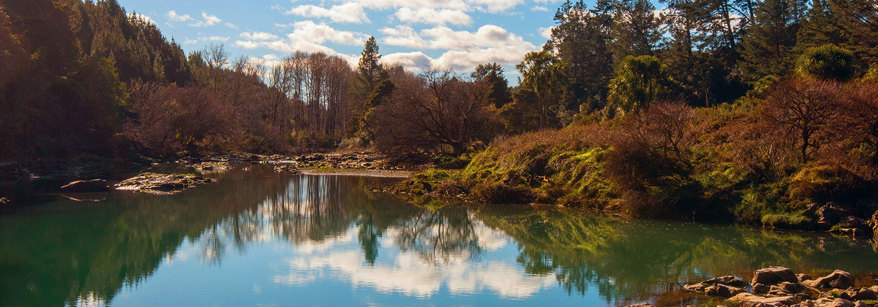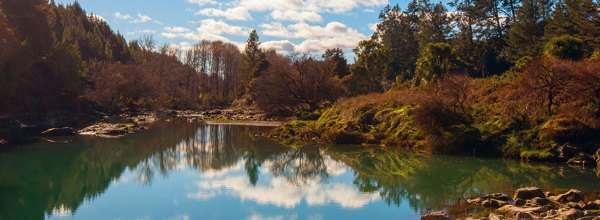Wetlands are very sensitive to changes in climate, water availability, disturbance and land use and they are extremely vulnerable to the effects of human activity.
Approximately 90 percent of New Zealand's and the Bay of Plenty's freshwater wetlands have been lost in the last 150 years. Most of these wetlands were in areas very desirable for the development of farmland. Draining, burning and clearing of vegetation for farmland, together with the reclamation of wetlands for urban and industrial uses, have been the principal agents of wetland destruction.


